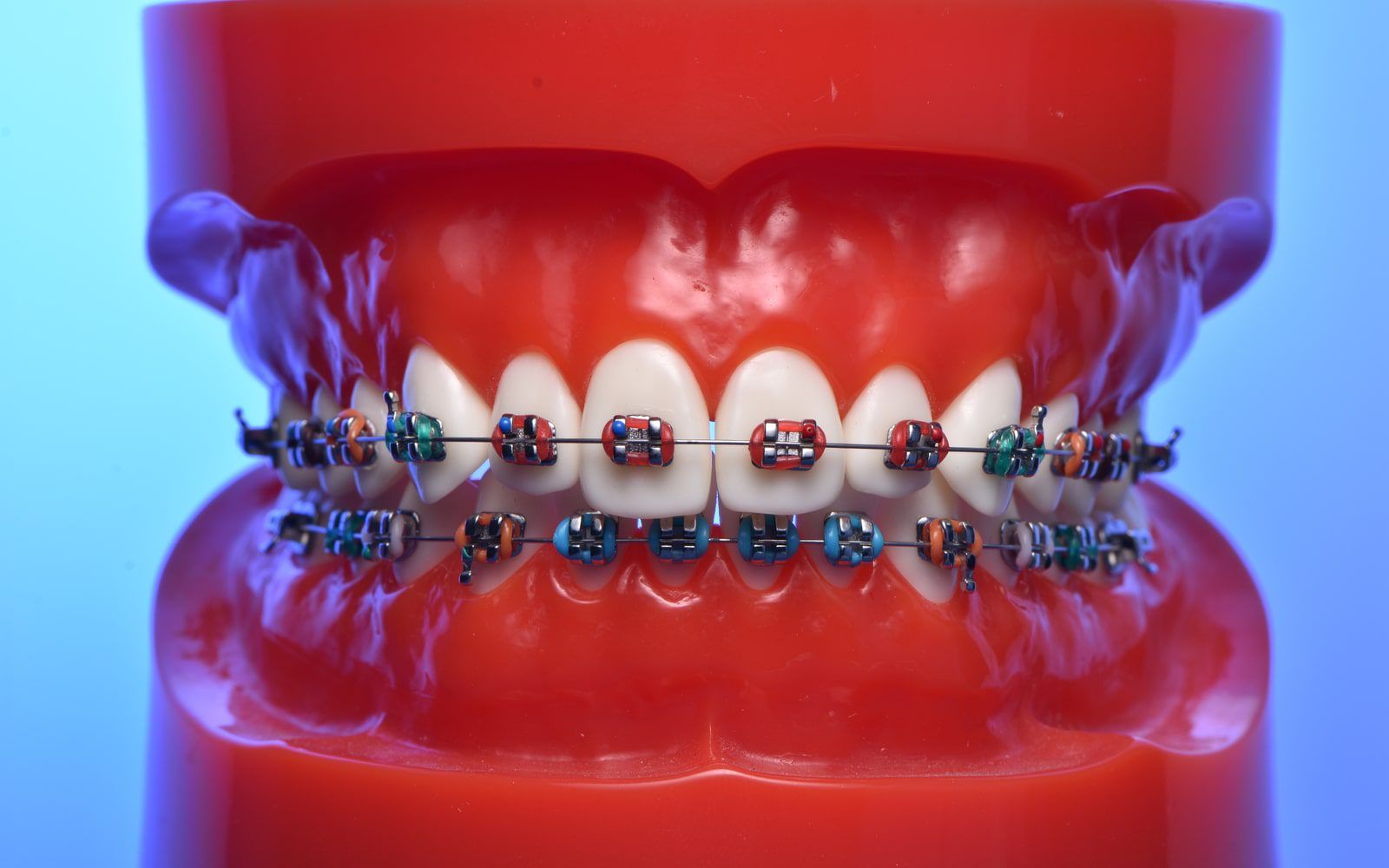What is The Orthodontic Anchorage Control Technique?

Getting orthodontic treatment is a common occurrence for many children. It’s helpful for parents to learn as much as they can about the procedure ahead. With the right information, they can help alleviate their child’s concern by answering their questions. Just as with adults, having an understanding of what’s to come can help ease their nervousness. In fact, it can even lead to excitement about the road ahead. Dental anchorages are an aspect of orthodontics that isn’t discussed much outside of the planning process. We’re going to demystify them by explaining their history, what they do, and how they’re classified.
The Role Of Orthodontic Anchorage In Dental Adjustment
As you’re probably aware, the purpose of orthodontic treatment is to adjust some aspect of your child’s oral structure. Perhaps they need to have an improper bite adjusted to ensure their teeth come together properly. More commonly, it becomes necessary to adjust teeth into position so that they grow straight. In cases of overcrowding, the teeth need to be moved, so there’s plenty of room for new teeth to come in.
Proper dental alignment, even in children who only have baby teeth, is essential for good dental development. Our baby teeth, also known as primary teeth, help our jaw develop in a way that makes room for the adult teeth already growing within. This is why parents with children with misaligned teeth will be advised to get braces even before their adult teeth come in. Doing this early takes advantage of the softer, more malleable nature of children’s jaw structure.
So with all of that, what are dental anchorages? An anchorage serves as an ‘anchor’ for the child’s teeth. Specifically, it secures those teeth in place that don’t need to be moved as part of the procedure. The first anchorage, still known as “Baker’s Anchorage” after its creator, was invented over a century ago. Its creator, a dentist named Henry Albert Baker, wanted to make sure only the teeth that needed to move did so. Baker’s Anchorage was so successful that it brought an entire catalog of other anchorages into existence.
Each of these classifications describes a different aspect of a given anchorage. Together they create a full understanding of the number of teeth, where they’re located, and how they’re being secure. A special classification exists for anchorages set in certain bones and another for those secured with implants. Together they create systems that ensure only the desired teeth get adjusted during the orthodontic treatment process. This is a critical part of ensuring successful results from your orthodontic adjustment.
Today, these anchorages are classified using five criteria:
- Anchorage site
- Number of teeth anchored
- Space involved in the anchorage
- Bones used to anchor teeth
- Implants used to anchor teeth
Within each of these anchorages, categories can be found other specific descriptions that can be used to accurately describe any kind of anchorage.
Your Orthodontic Specialist Can Tell Your More
If your child has had a need for orthodontic treatment identified, meet with your pediatric orthodontist. They’ll help explain anything you or your child may want to know about the procedure.

